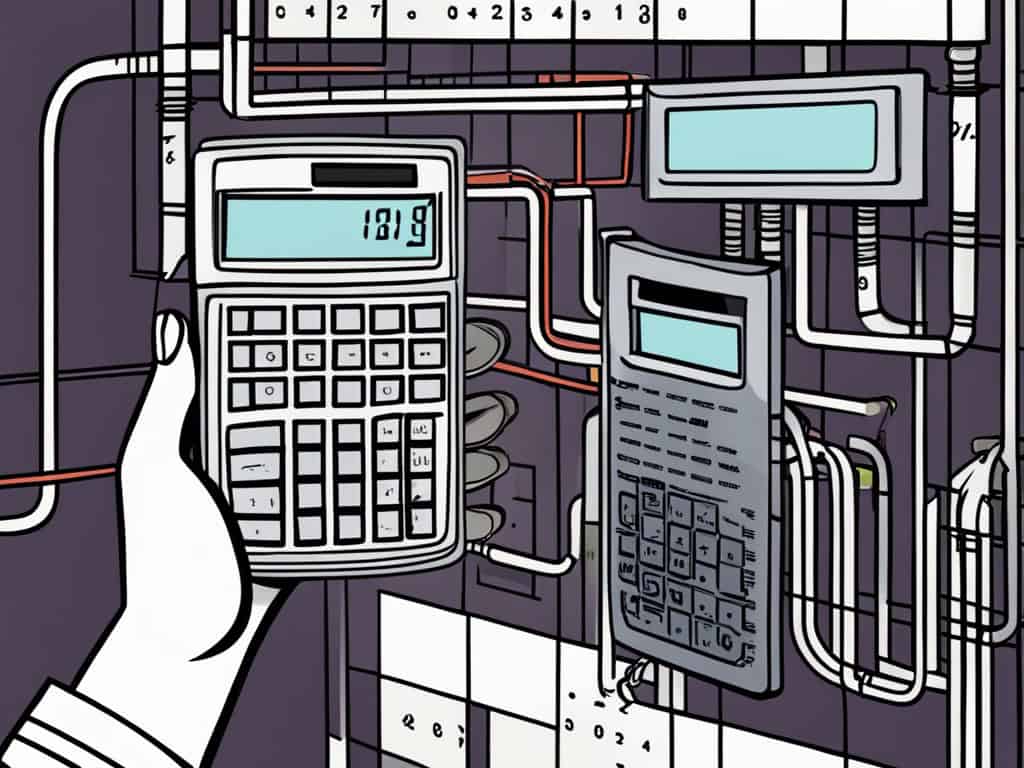Managing or designing a data center involves navigating numerous challenges, one of the most critical being understanding power consumption and distribution. Terms like KVA (Kilovolt-Amps), KW (Kilowatts), and Amps (Amperes) are frequently encountered but often misunderstood. Misinterpreting these measurements can lead to inefficiencies, unnecessary expenses, or even disruptions in operations.
This blog will break down these key concepts in a clear, actionable way. By the end, you’ll know exactly how each term relates to your data center’s power needs and why distinctions like KVA versus KW matter in designing and managing infrastructures.
The Basics of Power Measurements
What Are Amps (Amperes)?
Amps measure the flow of electric current in a circuit, essentially representing how much electricity is moving. Think of it as the width of a water pipe—the wider the pipe (higher amps), the more current can flow through it.
For example, consider a 120V, 20-Amp power strip. This circuit can handle up to 20 amps of current at 120 volts. To calculate the power in watts, use this formula:
Power (Watts) = Voltage (Volts) × Current (Amps)
For a 120V, 20-Amp circuit:
Power = 120V × 20A = 2400 Watts (or 2.4 KW)
This number represents the maximum amount of power the strip can supply to connected devices.
What Is KW (Kilowatts)?
KW, or kilowatts, measures real power—the actual usable power that performs work, like running servers or lighting a room.
Taking the power strip example again, its maximum output is 2.4 kW of real power when fully loaded. If you’re calculating energy usage or paying an electricity bill, KW is the unit you’ll most often deal with.
What Is KVA (Kilovolt-Amps)?
KVA measures apparent power, which includes both real power (KW) and reactive power (power wasted in maintaining electromagnetic fields in equipment such as motors or transformers). The formula for apparent power is:
Apparent Power (KVA) = Voltage (Volts) × Current (Amps) / 1000
For the same 120V, 20-Amp strip:
Apparent Power = (120V × 20A) ÷ 1000 = 2.4 KVA
At first glance, KW and KVA values may seem identical, but there’s a critical difference. KVA measures the total power drawn from a source, while KW measures just the usable power.
The Relationship Between KW and KVA
The efficiency of a power system is expressed via the power factor—a value between 0 and 1. The power factor represents how effectively power is being converted from KVA to KW.
For example, if the power factor of a 120V, 20-Amp circuit is 0.8, the usable power (KW) is:
KW = KVA × Power Factor = 2.4 × 0.8 = 1.92 KW
This calculation shows that while the circuit draws 2.4 KVA, only 1.92 KW is being effectively consumed.
Why Many Data Centers Bill in KVA Instead of KW
It may seem logical to bill based on KW since it represents usable power. However, many data centers use KVA instead. Here are the significant reasons behind this choice:
1. Accounting for Total Power Demand
Data centers rely on both real power (KW) and reactive power to run infrastructure like transformers, cooling systems, and uninterruptible power supplies (UPS). By billing in KVA, data centers account for the entire power demand, regardless of efficiency.
2. Handling Power Factor Variability
Not all equipment is equally efficient. Machines with lower power factors (e.g., cooling systems) consume more reactive power, while high-efficiency servers have power factors closer to one. Billing by KVA ensures the data center accommodates fluctuating power factor values across its operations.
3. Infrastructure Cost Recovery
Power infrastructure—such as generators, transformers, and distribution units—is designed to handle KVA rather than KW. Billing based on KVA allows data centers to recover the costs of building and maintaining these systems, even if some power is lost to inefficiencies.
4. Accounting for Unused Power
Even if real power usage in the data center improves, there’s still a portion of power reserved for reactive functions like electromagnetic fields. KVA accounts for all power drawn, effectively capturing inefficiencies or unused capacity.
Real-World Data Center Example
Imagine a data center with 1,000 servers, each consuming 1 KW of real power. If the system’s power factor averages 0.85, the apparent power (KVA) required is:
KVA = KW ÷ Power Factor = 1,000 ÷ 0.85 = 1,176.47 KVA
Here, even though the real power need is 1,000 KW, the total infrastructure must handle 1,176.47 KVA, including inefficiencies. KVA billing ensures that centers aren’t underestimating their operational requirements.
Key Takeaways for IT Professionals and Data Center Managers
Understanding power metrics is crucial for designing and managing an efficient data center. Here’s what you need to remember:
- Amps measure the electric current in a circuit.
- KW reflects usable power consumed by equipment.
- KVA includes both real and reactive power, representing the total power demand.
- The power factor links KVA and KW, showing how efficiently power is converted.
Using this knowledge, you can better analyze your equipment’s power requirements, ensure infrastructure reliability, and control operational costs.
Are You Optimizing Your Power Management?
Managing power in a data center isn’t just about numbers—it’s about optimizing for efficiency, cost, and reliability. Use these insights to guide your decision-making and ensure your facility operates at peak performance.
If you’d like further insights into power management or have specific questions about cutting energy costs in your data center, feel free to reach out. The right understanding leads to better results.


